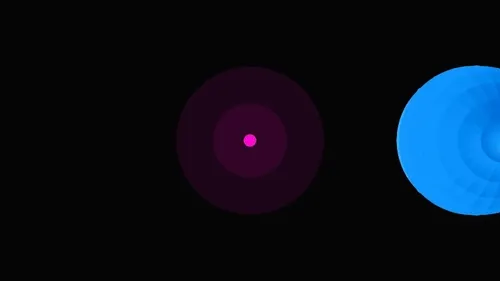Radiation absorption
Radiation absorption is a main quantity for modeling that can be compared with observational data. When stellar radiation passes through atmosphere, it’s photons interacts with atoms and ions. Thus, the spatial distribution of temperature, density of electrons, protons and elements, as well as their velocities, is important. These can be modeled using different approaches as static atmosphere approximation or more complex 3D magnetohydrodynamics codes, such as Exo3D.

Modeling of radiation absorption requires information about stellar spectra, atomic structure, elements velocities and line shapes.
where - absorption, - star radius, - optical depth, - radial distance from the star.
Optical depth in case of exoplanets should take into account two broadening mechanisms - Gaussian and Lorentzian, or their convolution called Voigt profile:
- distance from star to observer (may be approximated as atmosphere diameter), - absorption cross section (includes line shape and other information about line), - distance through ray trajectory.